- Watches - 24 time zones at a glance
- Downtown Brussels - Three reasons to visit Gaston
- Watches - The watch market, analysed by Jacques Wittmann
- Inspiring People - Serge Litvine, restaurant owner
- Watches - Four watches for world travellers: our selection
- Jewellery - 170 years Maison De Greef: The Fire Spark collection
Issue #3
Maison De Greef Magazine — Issue #3
Contents
-
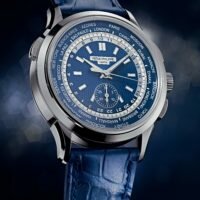 Watches
Watches24 time zones at a glance
-
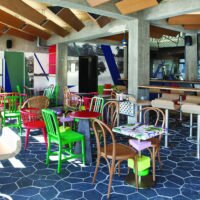 Downtown Brussels
Downtown BrusselsThree reasons to visit Gaston
-
 Watches
WatchesThe watch market, analysed by Jacques Wittmann
-
 Inspiring People
Inspiring PeopleSerge Litvine, restaurant owner
-
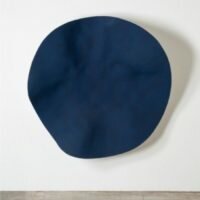 Watches
WatchesFour watches for world travellers: our selection
-
 Jewellery
Jewellery170 years Maison De Greef: The Fire Spark collection
24 time zones at a glance

The traveller’s timepiece
The Heure Universelle by Patek Philippe, also known to collectors as the ‘Worldtime’ has been one of the most coveted complications for nearly 80 years.
In our globalised, interconnected world, the Heure Universelle watches are more useful than ever. We travel all over the planet, we trade on all continents and communicate online with people from all over the world: that is why it is so important to know what time it is there. Heure Universelle watches by Patek Philippe show all 24 different time zones at once, in an efficient, very readable way.

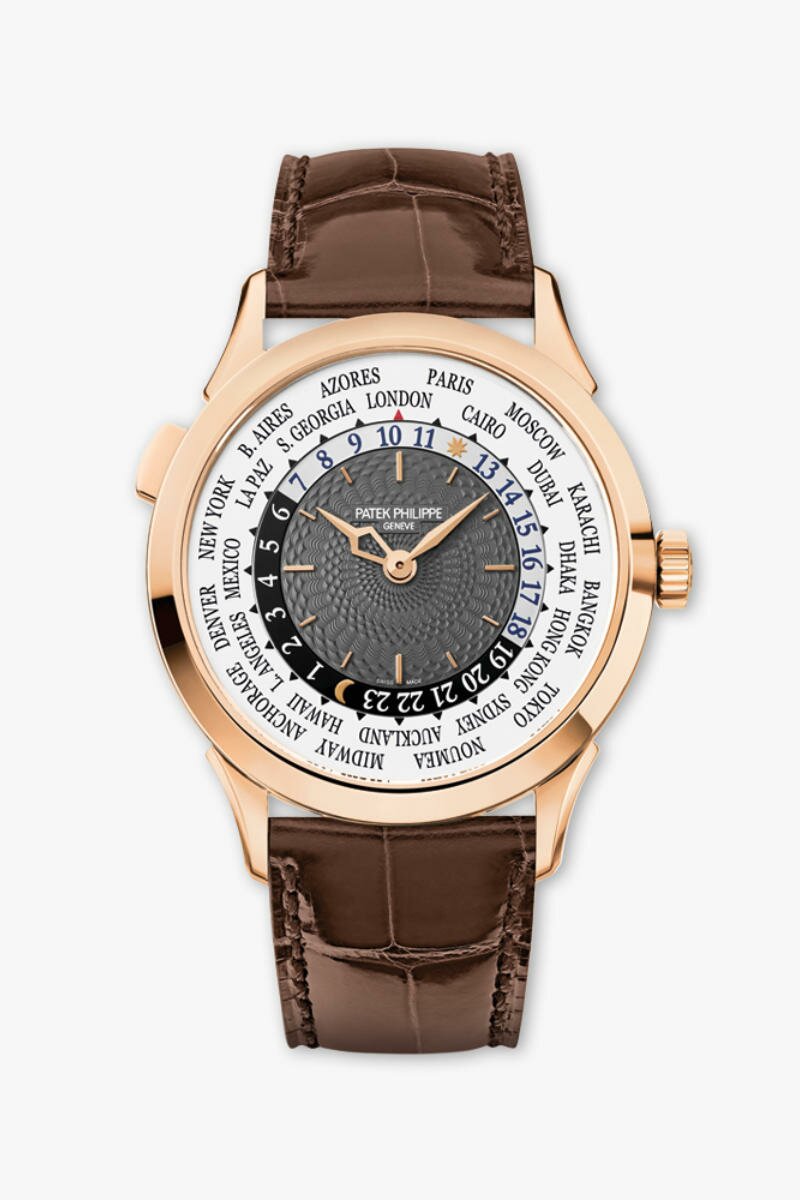
Complex and yet so simple
The Heure Universelle 5230 owes its precise timekeeping and comfort of use to the Patek Philippe 240 HU calibre – an extra-flat automatic winding mechanism that has changed the world of watchmaking. The sophisticated time zone mechanism and the automatic winding system are completed with a mini rotor, integrated in the bridges. The finish is also to the highest standards of the Poinçon Patek Philippe. The bridges are angled and embellished with Côtes de Genève; the golden mini rotor is also enriched with Côtes de Genève. The platinum is decorated with a pearl pattern, the spokes of the wheels in gilded brass are moulded and angled and the rhodium-plated bridges have gold-coloured engravings. A beautiful example of mechanical knowhow, visible through sapphire blue glass on the reverse.
Discover our other Patek Philippe models here.
Three reasons to visit Gaston

Chilling on one of the most beautiful squares of Brussels
Artisanal ice cream maker Gaston is situated in a perfect location on place Sainte-Catherine, and with its vintage terrace by Lionel Jadot it is an ideal place to relax in a quiet spot, close to the busy city centre. Take a stroll along the area next to the Beguinage of Brussels with its medieval and baroque buildings, many of which are listed. Highlight for children are the two waterways from which reptiles and other strange creatures emerge.
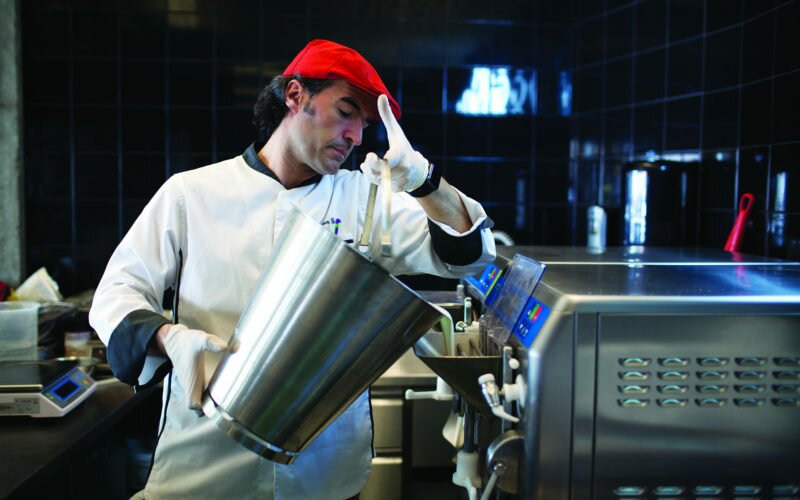
Artisan ice cream with the best ingredients
Gaston is managed by Turan en Lucy Ucar, from restaurant Gou in Woluwe. They want to offer their clients wonderful ice cream that reminds them of their childhood, and Turan took a two-year ice cream making course in Bologna. His creations contain nothing but natural ingredients of impeccable origin.
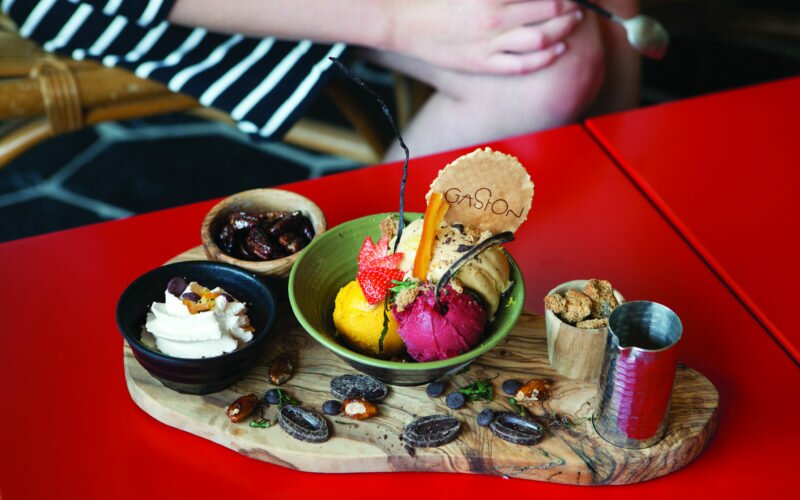
Creativity and classics
Do you long for a good old-fashioned pistachio or raspberry ice cream? Here, they get the best ingredients from the source: cream from a farm in the Ardennes, fresh eggs, the best seasonal fruit, Valrhona chocolates, pistachios that are roasted at source, vanilla from Madagascar and hazelnuts from Piedmont. Every single one a door opening on wonderful memories of childhood.
Glacier Gaston, 86 quai aux Briques, 1000 Brussels, www.glaciergaston.be
The watch market, analysed by Jacques Wittmann

One market, two strategies
When two large groups - Richemont and Swatch Group – appeared in the 1990s-2000, the players in the market feared that this would lead to large production centres where various watch brands would be made.... and that is exactly what happened, but two different strategies were followed. On the one hand, Swiss Nick Hayek built his empire on Swatch and developed his group on the entry-level market. It became a great commercial success, which allowed him to buy Omega and Longines, two mid-priced brands that he treated exactly like Swatch. Which was to their advantage, because they didn’t have a manufacturer. Nick Hayek created production centres that made the same mechanism for the different brands, but with different cases. This was good for these brands and their positioning in the market. It was a different story when he wanted to apply this strategy to high-end brands like Bréguet and Lemania: collectors and fans quickly caught on and didn’t want anything to do with the brands anymore.
At the same time the Richemont group, led by South African businessman Johann Rupert who has a real vision for the high-end market, was clever enough to give each of its brands its own manufacturer, its independence, and most of all the chance to continue to compete with each other. Thus Cartier, A.Lange&Söhne, IWC and Jaeger-LeCoultre continue to challenge each other, leading to wonderful technical and aesthetic feats.
Most important is still transparency: for example, at Panerai, the mechanisms are not made by a manufacturer but ‘in house’. They are 100% designed, produced and checked by the brand, which is very clear about this. To me, that is the limit of what is acceptable in terms of industrialisation, and it is a good compromise, combining quality and trust.
Invest or love: the choice is yours
Of course Maison De Greef does not blindly follow the Richemont group: we still retain our critical mind and a strong need for independence, as we do with all our brands. Therefore, we are very sensitive to the independence of the watch brands we sell: Patek Philippe, Tudor, Ressence, Zenith… And of course we are not totally against industrialisation, because it has its good sides: it guarantees long-term reliability. For instance, Rolex is a very reliable brand because its mechanism has been completely industrialised for a long time. We do not hanker for the past, we need to go with the times and see the advantages of industrialisation: the pleasure of a beautiful watch for which you pay a certain amount, is also that you can give it to your son or daughter and know that they will be able to have it serviced in the future.
Aesthetics and the pleasure of wearing the watch are also important: if you have a technically sublime mechanism in a casing that isn’t very beautiful, it will be hard to find a buyer, while a beautiful casing housing a reliable mechanism, even if it isn’t manufactured, will always be a good buy. Investment and resale value are no longer so important these days: people buy a beautiful watch because it is a beautiful watch, that’s all. It’s a bit like a work of art: there are no longer collectors in heart and soul, but investors... I think that in the end, this will destroy art itself. In the 20s and 30s, collectors were real aesthetes, not investors.
The new quality criteria is no longer the manufacturer, but ‘in house’
Niche brands, inspiring challenges
Of course there are still people who really love artisan watchmaking. The few high-end artisanal brands are protected by the fact that these days, it would be almost impossible to launch another of these brands. There are some exceptions: the genius Benoît Mintiens proves this with Ressence in Belgium. And there is the Swiss Romain Gauthier, who produces 30 to 40 watches a year, of a very high technical standard that would be impossible to achieve if made in larger quantities. This is niche work, almost from another world! We follow these small players, who, as in all sectors, challenge the big players, and sometimes show us the way: think, for example, of organic food. In the 70s and 80s this was a very small market, now every supermarket has its organic department. Therefore, we meet with these exclusive brands and encourage them.
This taste for the exceptional seems to also inspire the big brands: this year at the SIHH and Base World fairs Patek Philippe showed two small collections, one of them the very revolutionary Nautilus in grey gold with perpetual calendar, which reassured the collectors of the expertise of the brand. Panerai dared to go against what the ‘panaristi’ wanted and produced a 38 mm ladies’ watch, a real Panerai with a strong DNA. A.Lange&Söhne chose to produce something exceptional: a triple chronograph in a limited edition of 100. A highly sophisticated and complex mechanism, and an astonishing technical feat. Admittedly, it is not very useful in daily life, but this model shows the knowhow of the brand, and its fascinating technical prowess!
Discover our selection of timepieces here.
Serge Litvine, restaurant owner

What does time mean to you?
A real luxury! We always lose time, and the expression ‘I have gained time’ is totally wrong, because all you can do is lose a little less time. The amount of time we spend on earth is not eternal, it has a great impact on all aspects of our life, it determines everything and yet it is relative. There are two important things in life: life itself, and time.
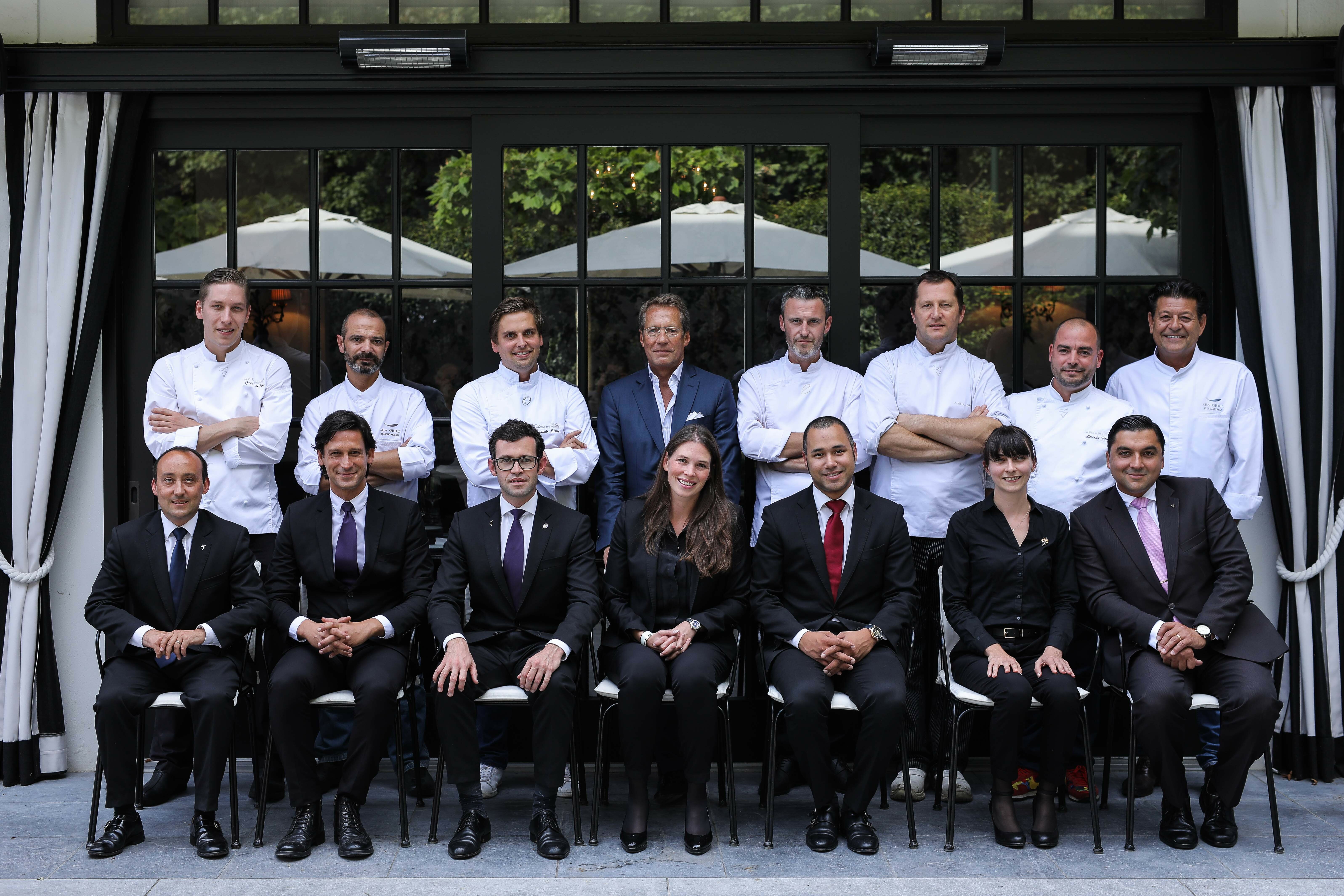
Do you live fast or slowly?
I’m fast when it comes to taking professional decisions. But it is best to combine the two: slowly enjoying things and going fast to add some spice.
How many hours are there in the day of Serge Litvine?
I don’t sleep much, so my days are 16 hours long. I spend a quarter of my time in Belgium, a quarter in Luxemburg and the rest... travelling. It’s mostly city trips of two or three days in Europe, Italy in particular, and always during the week. My longest journey in 20 years lasted 10 to 12 days. I must confess that I find it hard to stop working and do nothing; I feel very connected to my professional life, it keeps me sane, it is almost a physical need. When I travel I can always be reached by my colleagues, but nobody takes advantage, they only call me in an emergency.
Cars, art or watches: I love things that I know from my childhood, that I have grown up with
Are you a real vintage lover?
I collect watches, although I never got one from my father, who collects everything... except watches. I have some thirty valuable pieces, some of which I have given to my children. I started young: when I was 21 I already had four or five watches that I liked a lot or that meant something special to me. For example when I was a teenager, I watched Le clan des Siciliens and I was fascinated by Montand and Delon… who at the time both wore a Tank by Cartier: that was my first buy, because of my fascination for those men. Then I moved on to old Rolex watches from the 60s that were still affordable at the time. Nowadays I buy what I fall in love with, but always with the same criteria: often Rolex watches, certain pieces by Patek Philippe of Audemars Piguet… the pieces from my youth. The same goes for cars, and I like kinetic art, the Paris School, old cars.

Is a watch a fahion item for you?
I love watches and they are the only jewellery I wear, I don’t even wear a wedding ring. But I don’t wear gold, I love discreet pieces and I find current models often vulgar, too much bling. I like a watch that has lived and that is timeless. And though my collector’s items are safely stored away, I often change watches, according to the circumstances and common sense – no Rolex in Naples, a waterproof watch on the beach… Fashion also plays a role: when I wear a blue suit, I would not wear a watch with a brown or beige strap. That’s why I often go for sporty pieces; they are easier to wear with their stainless steel strap, discreet and yet stylish.
Four watches for world travellers: our selection
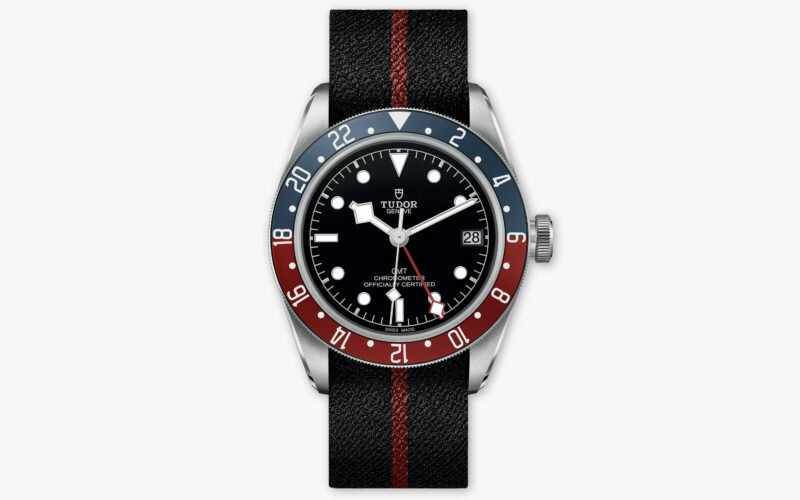
Local time at a glance
If one thing is important for long distance travellers, it’s GMT, here encased in a Black Bay watch of 41 mm. This Tudor watch comes with a woven, leather or stainless steel strap.
Discover our Tudor selection.

Going diving?
This watch can accompany you to a depth of 300 metres. This iconic piece from the Submersible collection by Panerai acquired a diameter of 42 mm last year, and is as elegant as ever.
Discover our Panerai selection.
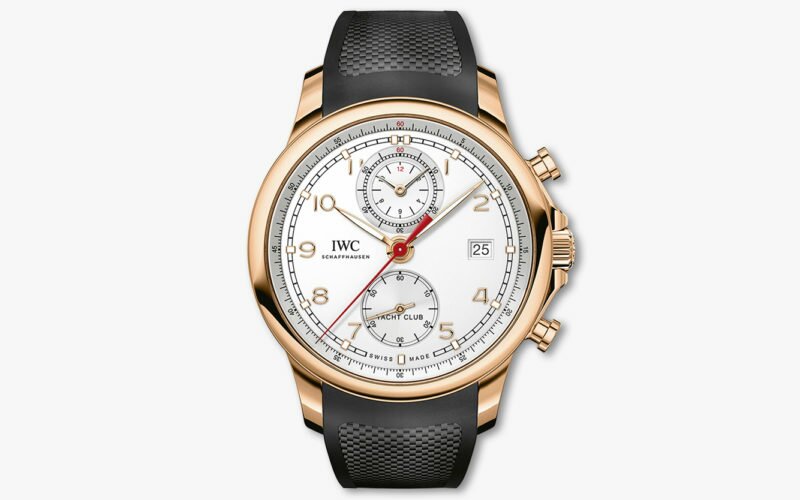
Aye aye captain!
Has your sailing ship or yacht not arrived yet? You can start to look the sea-faring part with the most beautiful chronograph there is. The IWC Yacht Club in rose gold is luxurious yet sporty.
Discover our IWC selection.
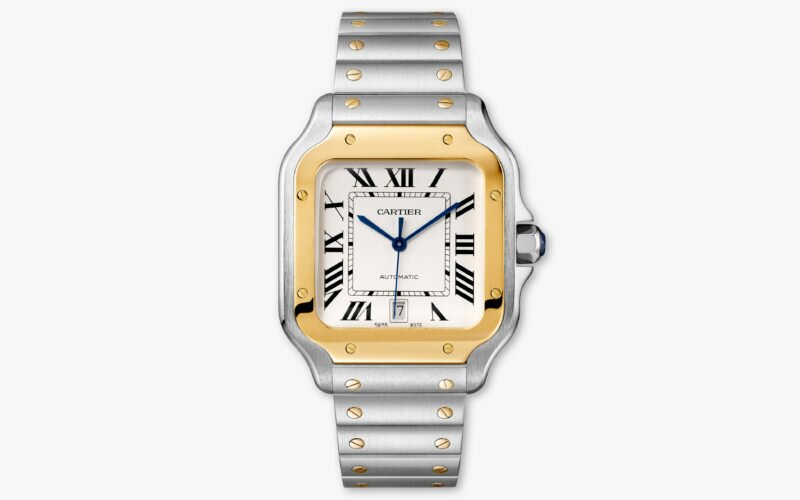
In town or at the beach, always iconic
The Santos by Cartier was mythical in the 80s and now it’s back in full force, with a interchangeable strap. For nostalgic people, but also for the stylish amongst us.
Discover our Cartier selection.
170 years Maison De Greef: The Fire Spark collection

Exceptional craftsmanship for exceptional jewellery
For the production of his exquisite jewellery, Arnaud Wittmann relies on Atelier Sansen&Gangi in Liège. Cédric Sansen and Olivier Connus are known for their knowledge of forgotten or particularly complex jewellery-making techniques, and they collaborate with Maison De Greef on specific projects. Together, they create unique pieces, and The Fire Spark collection is exceptional in more than one sense.
A long collaboration
The preparatory work is always done by the two Houses together, and this time, it was a particularly long process. For this particular creative project, they wanted to make as few concessions to technical limitations as possible. Every tiny stage required meetings, discussions and decisions. Cédric Sansen, head of the atelier, was well aware of the extremely high level of perfection that was expected, and he talks about ‘artistic micro sculpture’.
Traditional metalwork techniques
The alloy they decided on was a mixture of gold and palladium, which is exceptionally supple, allowing the material to be moulded into spectacular, elegant shapes, without interruptions. The pieces were made entirely by hand, starting with the shaping of the metal. These days, the metal is usually molten and poured into a mould that has been made in 3D beforehand. Hand moulding is a forgotten, complicated technique, but it makes the piece of jewellery stronger, and allows it to be repaired endlessly if need be.
Ultra technical modelling
The Atelier and Arnaud Wittmann wanted the pieces to maintain elegant, geometric curves, and they decided to resort to the ‘Anticlastic’ technique, which allows metal to be formed into spectacular shapes without getting damaged and without needing any soldering afterwards. With this technique, the gold-palladium alloy could be shaped into a ring in one go. Cédric Sansen, who is passionate about specific, little-used, complex and time-consuming techniques, took a special course to master this ‘Anticlastic raising’.
The setting of the gems was executed in two stages by Olivier Gangi: first, the diamonds, some of which were placed inside the piece, like hidden treasures that could never be reached; then, the magnificent central gem was added.
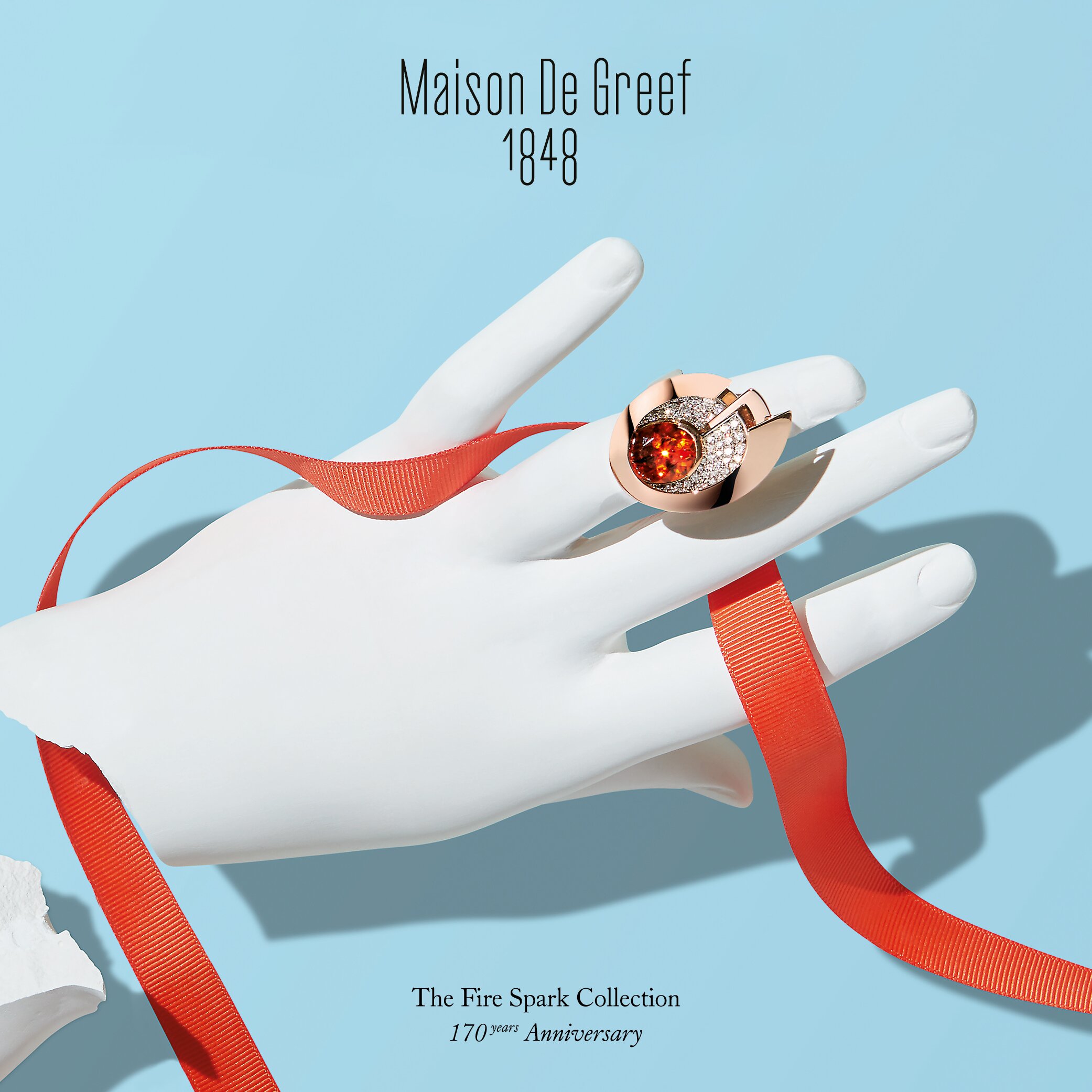
Spectacular, but in perfect balance
A more supple alloy, a technique allowing curves to be shaped without interruption... the pieces in The Fire Spark collection are perfectly balanced and you can see the movement in each piece at a glance. A final secret? The jewellery makers have integrated the rules of the Golden Ratio into various elements of the pieces. This allowed them to create the perfect spiral of the ring, without interruption or broken angles, and to achieve the perfect play of curve and counter-curve in the pendant.
An interview with designer Arnaud Wittmann
In the beginning was the gemstone...?
When I discover a gem for the first time, I feel a deep emotion. Sometimes, something irrational happens between the gemstone and me, as if it is calling me! I have very high standards when it comes to selection. For The Fire Spark collection, I wanted something exceptional: mandarin garnets of the spessarite variety are very rare and have a specific very deep, strong orange colour. Like a spark that signifies the beginning of a flamboyant era for our jewellery creations. Soon, the collection will be available with gemstones in other colours.
Sculpture and architecture are my main sources of inspiration.
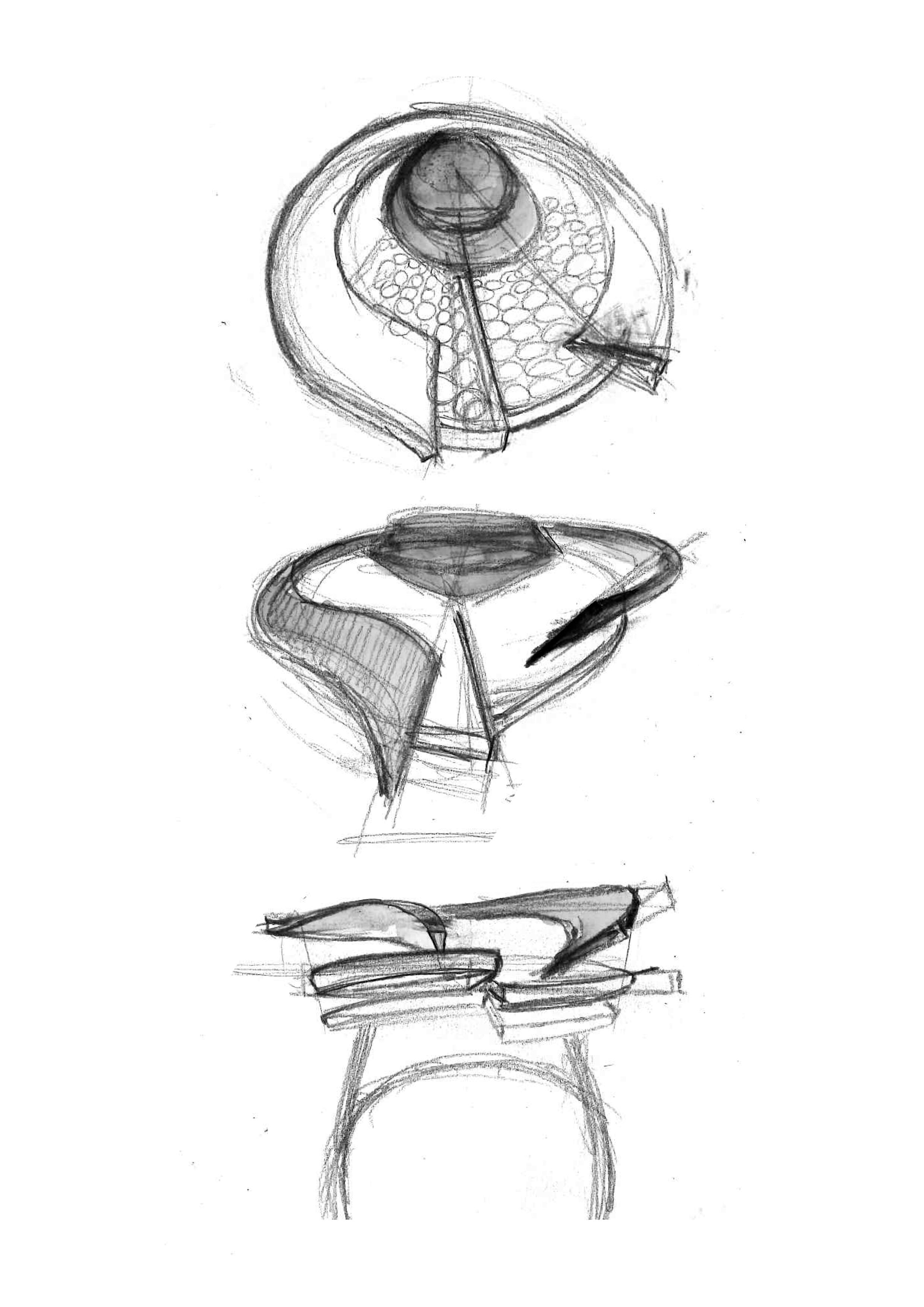
The Fire Spark is a very architectural collection...
Sculpture and architecture are my main sources of inspiration, and I do a lot of research in these areas. For example, I am fascinated by the gravity-defying buildings of Zaha Hadid that combine impressive volumes with light curves. This is reflected in the curved pieces I designed for The Fire Spark, combining delicate balance and intense femininity.
.
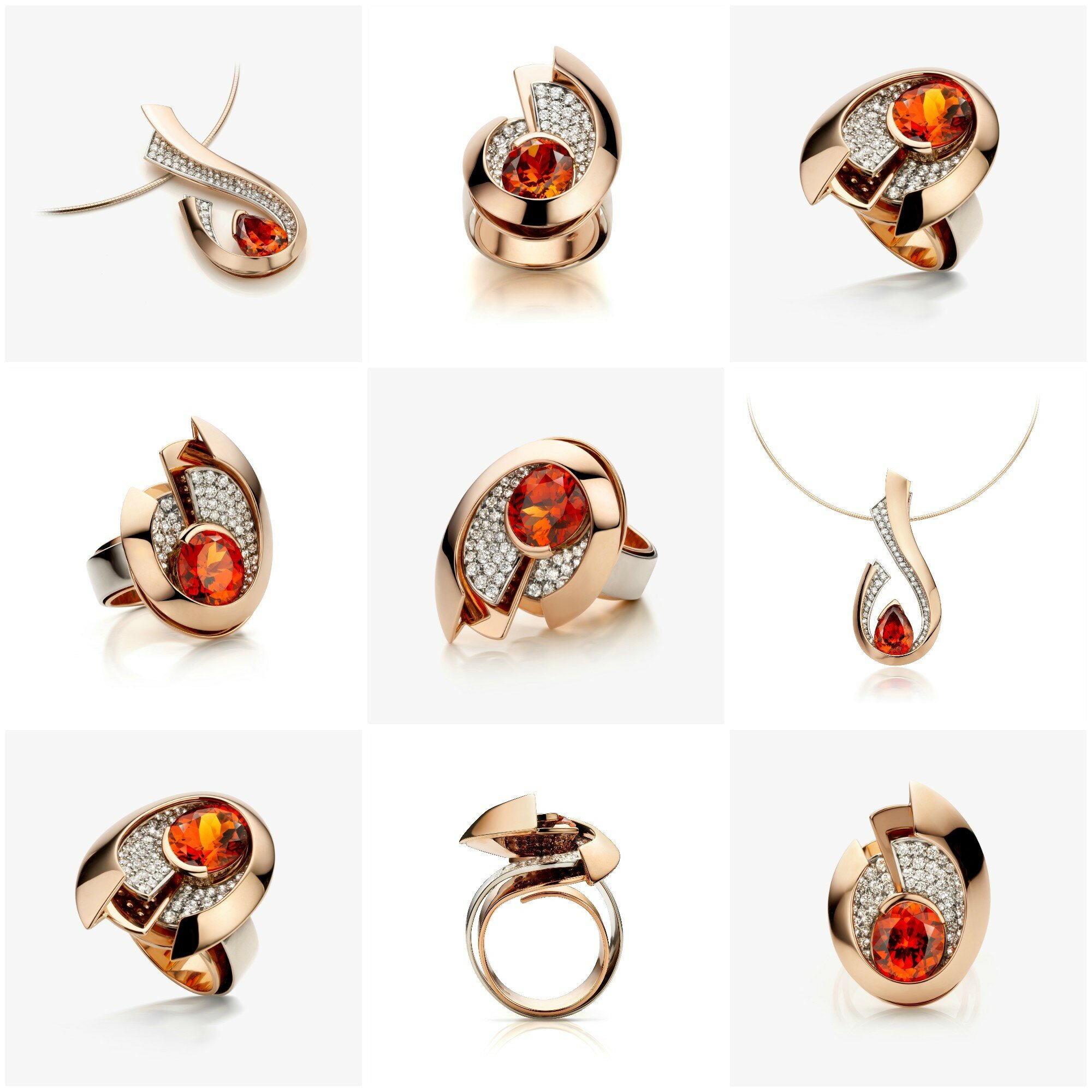
©2019 — Maison De Greef
Maison De Greef Magazine
— Latest publications
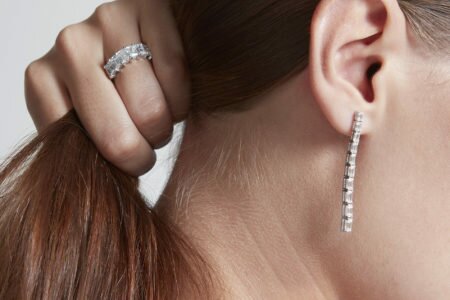
Issue #4
What's new in the world of luxury? In this issue, we tell you a bit more about the colours of natural gemstones and pearls and about our specific quality criteria for the selection of diamonds. We also meet Sophie Helsmoortel, new president of BEL, and Jean-Marc Montroué, new CEO of Panerai. We wish you a scintillating 2019!
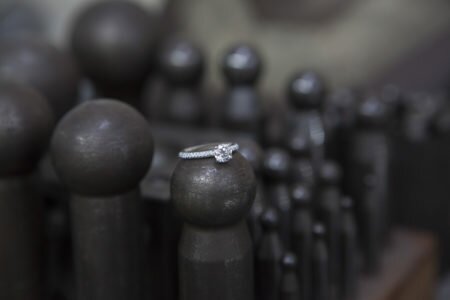
Issue #2
Femininity is rich, unpredictable and joyful, and it has always inspired our house. We celebrate femininity in a thousand ways, during the creative process and when our jewellery is worn by our female ambassadors.
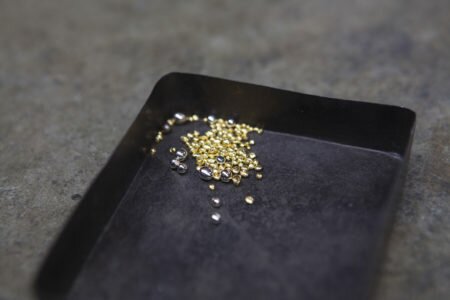
Issue #1
Living with its time, Maison De Greef creates Maison De Greef Magazine, a selection of themes that reflect our universe and your interests. In this first issue, we offer you an immersion in our renovated shop, an interview with Lionel Rigolet, chef and owner of Comme Chez Soi**, a behind-the-scenes look at how the Tudor watch strap is made and the four reasons to discover our exclusive Patek Philippe space.